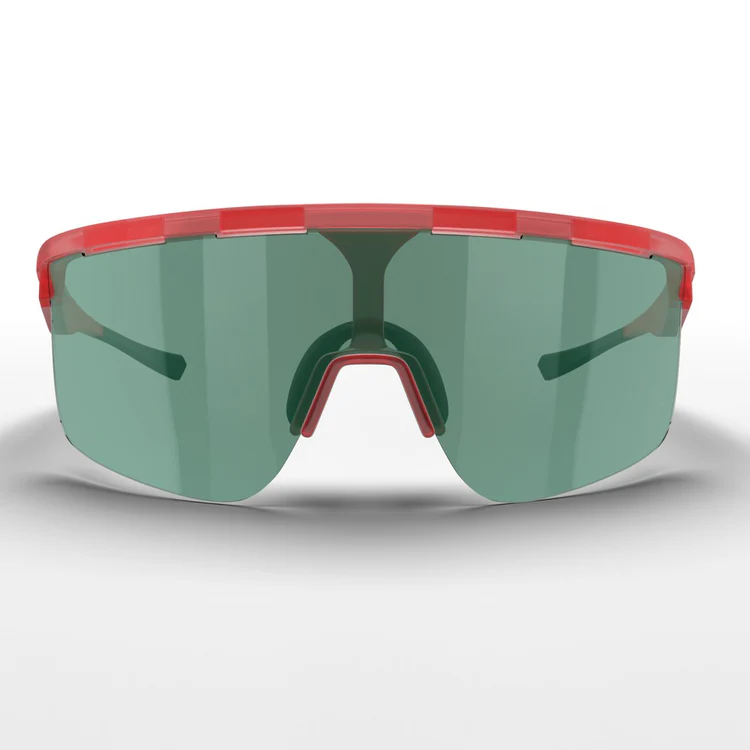Why split seconds matter
Injury analyses show a spike in eye trauma from ball and paddle contact during tight-space exchanges. Earlier visual pickup of the ball helps you prepare the paddle face instead of flinching. Summary reporting on the new JAMA Ophthalmology data highlights the surge since 2022 and the mechanism profile. Medical Xpress+1
The science we anchor to
-
Protection first: AAO calls for polycarbonate sports eyewear for racquet sports—light, tough, and shatter-resistant. American Academy of Ophthalmology
-
Sport-appropriate testing: ASTM F803 measures whether frames hold lenses under sport impacts—a key factor if a ball clips your eye line. Zenni Optical
-
Population at risk: Media recaps note the 50+ segment is over-represented in injury data—reason enough to prioritize visibility and protection in leagues heavy with masters players. Ophthalmology Times
-
Fitness upside: Apple’s Heart & Movement Study shows pickleball is a net positive for health—all the more reason to wear the right gear and keep logging those minutes. Apple+1
ColorBoost: built to spot a yellow-green ball sooner
What you’ll feel on court:
-
Higher ball-to-background contrast outdoors (sky/trees/crowd).
-
Stable color and low distortion to preserve depth cues on incoming drives.
-
Anti-fog + hydrophobic to keep contrast high when play gets sweaty.
-
Wrap field of view to track poaches without head bobbing.
Earlier detection → faster paddle prep → fewer mishits near the face.
Dial your setup
-
Bright outdoor play: ColorBoost Outdoor tints for glare + contrast.
-
Indoor gyms or dusk: Clear or low-tint lenses to maximize transmission.
-
Prescription needs: Choose impact-resistant RX options.
Shop: Daytona Pro · Daytona Petite · RX Program
Sources
AAO sports safety; Apple study (Newsroom + study site); ASTM F803 explainers; ophthalmology/health coverage of the 2025 injury spike. Medical Xpress+5American Academy of Ophthalmology+5Apple+5






